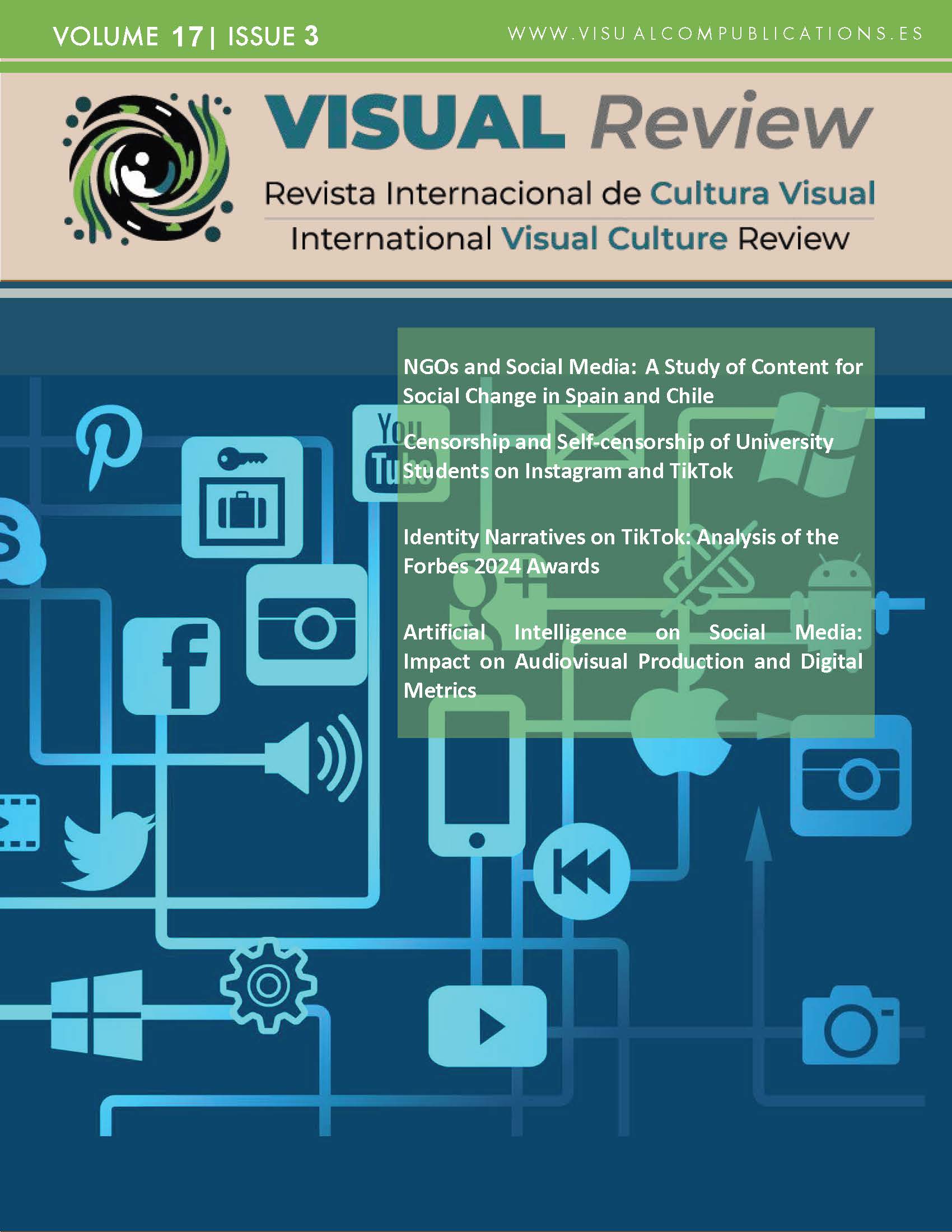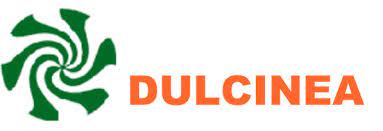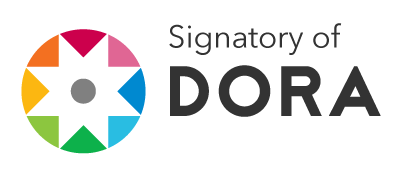Social Media, Advertising, and Disinformation
A Transdisciplinary Analysis on Fake News and Its Advertising Use in Digital Consumer Culture
DOI:
https://doi.org/10.62161/revvisual.v17.5779Keywords:
Fake News, Social Media, Advertising, Digital Culture, Clickbait, Media Literacy, ConsumptionAbstract
In the digital age, social media has reshaped advertising and the flow of information, facilitating the spread of disinformation through strategies like microtargeting and programmatic advertising. The interplay between algorithms and sensationalist content contributes to social polarization and undermines trust in institutions. This paper examines the relationship between social media, advertising, and disinformation from an interdisciplinary perspective, employing critical discourse analysis of advertising campaigns that rely on fake news and clickbaits. Additionally, it explores regulatory proposals and media literacy initiatives to mitigate these phenomena and reconsider current advertising models.
Downloads
Global Statistics ℹ️
|
1266
Views
|
987
Downloads
|
|
2253
Total
|
|
References
Abram, S. (2024). Graffiti, Street Art and Murals in the Age of the Neoliberal City: The Muralization of Capital. Street Art & Urban Creativity, 10(1), 40–53. https://doi.org/10.25765/sauc.v10i1.918
Álvarez-Monzoncillo, J. M., de Haro, G. & López, J. (2016). Spanish media in a new digital world: The great bonfire of the vanities. Icono 14, 14 (2), 9-45. https://doi.org/10.7195/ri14.v14i2.998
Ballesteros-Aguayo, L., & Ruiz del Olmo, F. J. (2024). Vídeos falsos y desinformación ante la IA: el deepfake como vehículo de la posverdad. Revista De Ciencias De La Comunicación E Información, 29, 1–14. https://doi.org/10.35742/rcci.2024.29.e294
Becker, G. S. (1965). A theory of the allocation of time. The Economic Journal, 75(299), 493-517.
Brändle, G., Cáceres-Zapatero, M. D., y Paz-Rebollo, M. A.. (2024). Sentir el odio: análisis de la gravedad percibida de los discursos de odio en la población española. Revista Española de Sociología, 33(2), a219. https://doi.org/10.22325/fes/res.2024.219
Cabezuelo-Lorenzo, F., Serrano-Oceja, J.-F., & López-Martín, J.-A. (2023). Retórica y educación humanística en la formación de los comunicadores ante los retos de la sociedad digital. IROCAMM - International Review Of Communication And Marketing Mix, 6(1), 41–55. https://doi.org/10.12795/IROCAMM.2023.v06.i01.03
Cadwalladr, C. (2017). The great British Brexit robbery: How our democracy was hijacked. The Guardian.
Chiappori, P.-A. and Lewbel, A. (2015), Gary Becker's A Theory of the Allocation of Time. The Economic Journal, 125, 410-442. https://doi.org/10.1111/ecoj.12157
Couldry, N., & Hepp, A. (2017). The mediated construction of reality. Polity Press.
Elías-Zambrano, R., & Cabezuelo-Lorenzo, F. (2024). Arts, Creativity, and Social Media: A Critical Review of the Dalinian Universe on Instagram. Visual Review. International Visual Culture Review, 16(4), 187–196. https://doi.org/10.62161/revvisual.v16.5294
Elías-Zambrano, R., Jiménez-Marín, G. Galiano-Coronil, A. (2023). Estrategias de Marketing Social y Comunicación de la Slow Fashion como Herramienta de Happiness Management. ANDULI, 23, 99-116. http://doi.org/10.12795/anduli.2023.i23.06
El País. (2024, 16 de diciembre). Las arrugas de Sofía Loren. Recuperado de https://elpais.com/opinion/2024-12-16/las-arrugas-de-sofia-loren.html
Fairclough, N. (1995). Critical discourse analysis: The critical study of language. Longman.
Frau-Meigs, D., Velez, I., & Flores Michel, J. (2021). Public policies in media and information literacy in Europe: Cross-country comparisons. Routledge.
Fuchs, C. (2021). Social media: A critical introduction (3rd ed.). Sage.
García-López, J. (2024). Football and Activism on Social Media: The Role of Fans in Identity and Social Values Construction. Visual Review. International Visual Culture Review, 16(3), 291–302. https://doi.org/10.62161/revvisual.v16.5267
García-López, J. (2016). Dispublicitados. Los efectos (ideológicos) de la publicidad. Editum.
Giraldo-Luque, S. & Fernández-Rovira, C. (2020). Redes sociales y consumo digital en jóvenes universitarios: economía de la atención y oligopolios de la comunicación en el siglo XXI. Profesional De La información, 29(5). https://doi.org/10.3145/epi.2020.sep.28
Hall, S. (1997). Representation: Cultural representations and signifying practices. Sage.
Han, B.-C. (2017). La sociedad del cansancio. Herder.
Huffington Post. (2025, 28 de enero). Facua denuncia a X por permitir fraudes con David Broncano y Ana Belén para vender criptomonedas. Recuperado de https://www.huffingtonpost.es/sociedad/facua-denuncia-x-permitir-fraudes-david-broncano-ana-belen-vender-criptomonedas.html
Ligaraba, N., Mohammed, A. & Mohamed, H. (2024). The effect of influencer interactivity on customer brand engagement: An interactivity theory perspective. IROCAMM - International Review Of Communication And Marketing Mix, 7(2), 105–127. https://doi.org/10.12795/IROCAMM.2024.v07.i02.06
McChesney, R. W. (2013). Digital disconnect: How capitalism is turning the Internet against democracy. The New Press.
McGonagle, T. (2017). Fake news: False fears or real concerns? Netherlands Quarterly of Human Rights, 35(4), 203-209. https://doi.org/10.1177/0924051917738685
McStay, A. (2020). Digital advertising (2nd ed.). Palgrave Macmillan.
Moreno-Albarracín, B., & Blanco-Sánchez, T. (2024). TikTok como instrumento de comunicación social para fomentar la participación en proyectos de voluntariado [TikTok as social communication tool to encourage participation in volunteer projects]. Revista Mediterránea de Comunicación/Mediterranean Journal of Communication, 15(2), e26498. https://www.doi.org/10.14198/MEDCOM.26498
Napoli, P. M. (2019). Social media and the public interest: Media regulation in the disinformation age. Columbia University Press.
Pariser, E. (2011). The filter bubble: How the new personalized web is changing what we read and how we think. Penguin.
Quian, A., & Sixto-García, J. (2024). Inteligencia artificial en la prensa: estudio comparativo y exploración de noticias con ChatGPT en un medio tradicional y otro nativo digital. Revista De Comunicación, 23(1), 457–483. https://doi.org/10.26441/RC23.1-2024-3374
Riechmann, J. (2020). ¿Vivir como buenos huérfanos? Ensayos sobre el colapso de la civilización industrial y el mundo que viene. Catarata.
Sánchez-Soriano, J. J. y García-Jiménez, L. (2020). La construcción mediática del colectivo LGTB+ en el cine blockbuster de Hollywood. El uso del pinkwashing y el queerbaiting. Revista Latina de Comunicación Social, (77), 95-116. https://www.doi.org/10.4185/RLCS-2020-1451
Schwartz, B. (2004). The paradox of choice: Why more is less. HarperCollins.
Simon, H. A. (1971). Designing organizations for an information-rich world. In Computers, communication, and the public interest (pp. 37-52). Johns Hopkins University Press.
Tambini, D. (2020). Media freedom: The contradictions of communication in the age of digital capitalism. Polity Press.
Thaler, R. H. (2015). Misbehaving: The making of behavioral economics. W.W. Norton & Company.
Thaler, R. H., & Sunstein, C. R. (2008). Nudge: Improving decisions about health, wealth, and happiness. Yale University Press.
Tufekci, Z. (2018). Twitter and tear gas: The power and fragility of networked protest. Yale University Press.
Vaidhyanathan, S. (2018). Antisocial media: How Facebook disconnects us and undermines democracy. Oxford University Press.
van Dijk, T. A. (2006). Discourse and manipulation. Discourse & Society, 17(2), 359-383. https://doi.org/10.1177/0957926506060250
van Dijk, T. A. (2003). El análisis crítico del discurso. Athenea Digital, (1), 18-23. https://doi.org/10.5565/rev/athenead/v1n1.22
Vosoughi, S., Roy, D., & Aral, S. (2018). The spread of true and false news online. Science, 359(6380), 1146-1151. https://doi.org/10.1126/science.aap9559
Wardle, C., & Derakhshan, H. (2017). Information disorder: Toward an interdisciplinary framework for research and policy making. Council of Europe.
Wu, T. (2016). The attention merchants: The epic scramble to get inside our heads. Knopf.
Zuboff, S. (2019). The age of surveillance capitalism: The fight for a human future at the new frontier of power. PublicAffairs.
Zuiderveen Borgesius, F. J., Trilling, D., Möller, J., Bodó, B., de Vreese, C. H., & Helberger, N. (2018). Should we worry about filter bubbles? Internet Policy Review, 7(1), 1-16. https://doi.org/10.14763/2016.1.401
Downloads
Published
How to Cite
Issue
Section
License
Copyright (c) 2025 Authors retain copyright and transfer to the journal the right of first publication and publishing rights

This work is licensed under a Creative Commons Attribution-NoDerivatives 4.0 International License.
Those authors who publish in this journal accept the following terms:
-
Authors retain copyright.
-
Authors transfer to the journal the right of first publication. The journal also owns the publishing rights.
-
All published contents are governed by an Attribution-NoDerivatives 4.0 International License.
Access the informative version and legal text of the license. By virtue of this, third parties are allowed to use what is published as long as they mention the authorship of the work and the first publication in this journal. If you transform the material, you may not distribute the modified work. -
Authors may make other independent and additional contractual arrangements for non-exclusive distribution of the version of the article published in this journal (e.g., inclusion in an institutional repository or publication in a book) as long as they clearly indicate that the work was first published in this journal.
- Authors are allowed and recommended to publish their work on the Internet (for example on institutional and personal websites), following the publication of, and referencing the journal, as this could lead to constructive exchanges and a more extensive and quick circulation of published works (see The Effect of Open Access).













